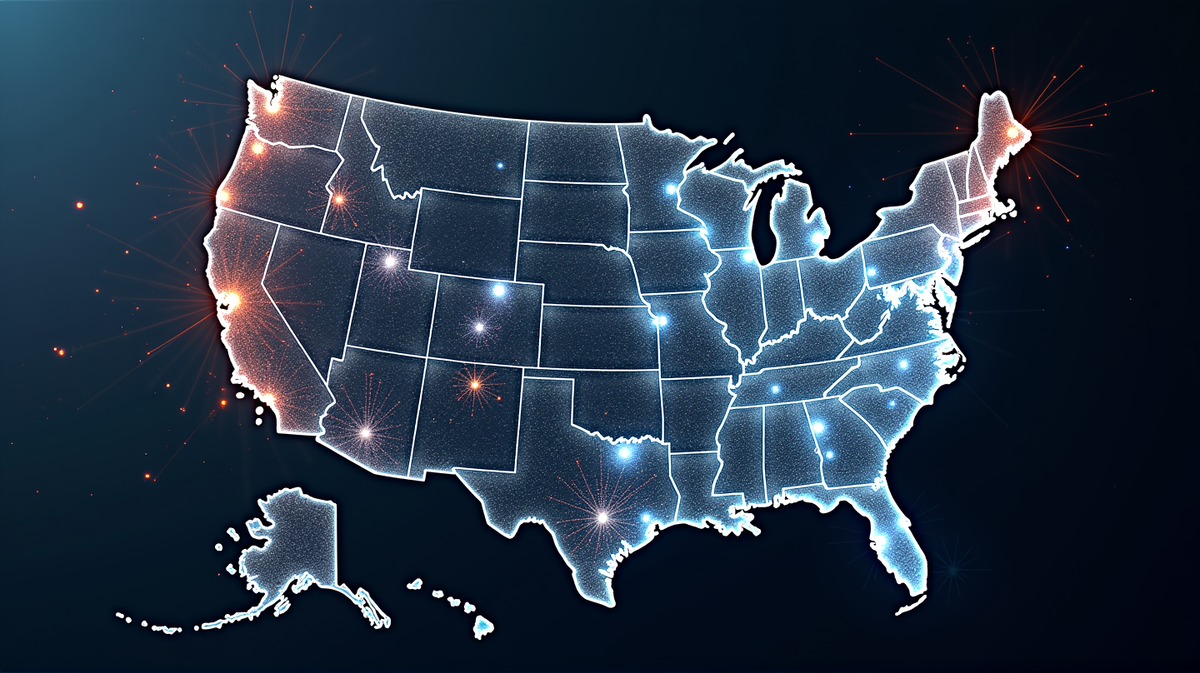Is the AI Revolution Fueling Growth or a Looming Crash?
AI investments hold the US economy together, but concerns of a 'bubble' akin to dot-com days persist as adoption slows.

In the present-day landscape of economic uncertainty, artificial intelligence (AI) has emerged as a seemingly pivotal force for the United States economy. Yet, like any powerful force, there are questions surrounding whether it’s a blessing in disguise or a looming catastrophe, much like the dot-com bubble of late 1990s fame.
An Economic Lifeline
Today, the US finds itself heavily reliant on AI investments to avoid dipping into recessionary waters. According to Deutsche Bank’s George Saravelos, if not for the relentless tech-driven spending, the US might have been facing a bleaker economic forecast. Paul Krugman echoed similar sentiments, noting the immense investment pouring into AI infrastructure—a key driver behind keeping the economy afloat.
Among notable developments is the inauguration of the $500bn Stargate programme in Abeline, Texas. This initiative is a collaborative effort aimed at advancing AI infrastructure between US tech giants and international investors.
Signs of a Bubble?
While AI propels the economy, skepticism festers about a potential bubble. With seven major tech companies leading the trail, Duke University’s finance professor Campbell Harvey points out that if these entities waver, the ripples could be felt across the entire landscape of some 400 other companies they’re currently pulling forward. The AI sector, with its multifaceted applications and industries served, brings along these precarious concerns.
Slowing Adoption Poses New Questions
Cal Newport of Georgetown University highlights a growing concern: AI models are not living up to transformative expectations. His commentary hints at corporations retracting their early AI adoptions, leaving many to wonder about the tools’ true utility and economic efficacy.
Despite large corporations like IBM and Klarna initially embracing AI to replace human labor, skepticism seems to bloom as breakthroughs achieved remain incongruent with the initial hype. The adaptation isn’t as seamless, nor are the job markets and productivity levels improving as rapidly as anticipated. According to a recent MIT report, a whopping 95 percent of AI adopters are not reaping anticipated revenue acceleration, indicating a potential brake on enthusiasm.
Learning from History
Whether AI will mimic the dot-com disaster or revamp itself to elevate productivity remains the burning question. Following a path similar to previous tech bubbles, AI could lead to a productive upsurge or bear sinister financial ramifications. As stated in Al Jazeera, AI investments paint a challenging yet fascinating picture that shapes not only economics but also society’s future.
The resilience of AI to endure and integrate seamlessly into vast areas of industry and economy may determine its ultimate impact. For now, the US economy must navigate carefully, mindful of lessons from the past while forging innovation for the future.





